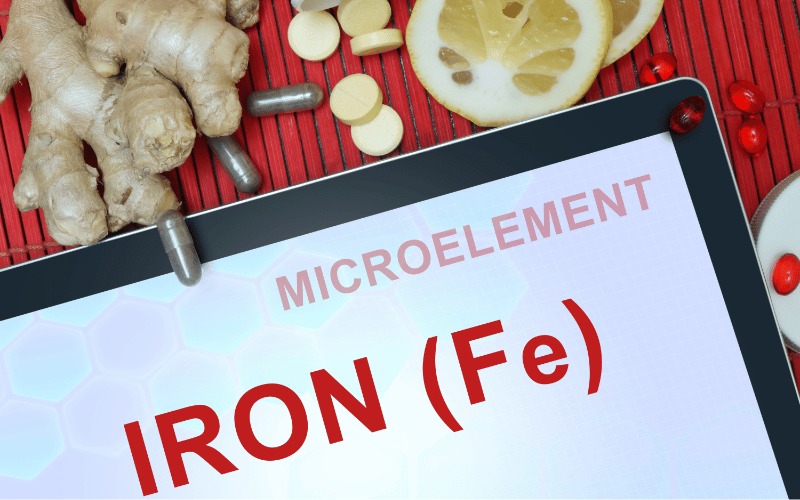Symptom 6: Elevated Iron Levels in the Body

Porphyria Cutanea Tarda (PCT) is often associated with an elevated iron level in the body. While iron is essential for various bodily functions, especially for the production of red blood cells, an excessive amount can have detrimental effects. In the case of PCT, high iron levels can act as a trigger, exacerbating the severity of the disease.
Iron overload in PCT patients isn’t just a minor detail. It plays a crucial role in the onset of the disease in many individuals. The liver, being the primary organ responsible for iron storage and metabolism, gets adversely affected. As iron accumulates, it hampers the liver’s ability to process porphyrins correctly, leading to their buildup in the skin.
So, how does one know if they have excessive iron? Apart from specialized blood tests, there might be physical manifestations too. Chronic fatigue, joint pain, and a noticeable change in skin color (a grayish or bronze hue) can indicate iron overload. However, it’s essential to consult with a healthcare professional, as these symptoms can also overlap with other conditions.
Managing elevated iron levels is more than just tweaking dietary iron intake. For PCT patients, therapeutic phlebotomy, a procedure where a certain amount of blood is removed at intervals, can help reduce iron levels. This, in turn, can alleviate some PCT symptoms, especially when combined with other treatments targeting porphyrin buildup. (6)